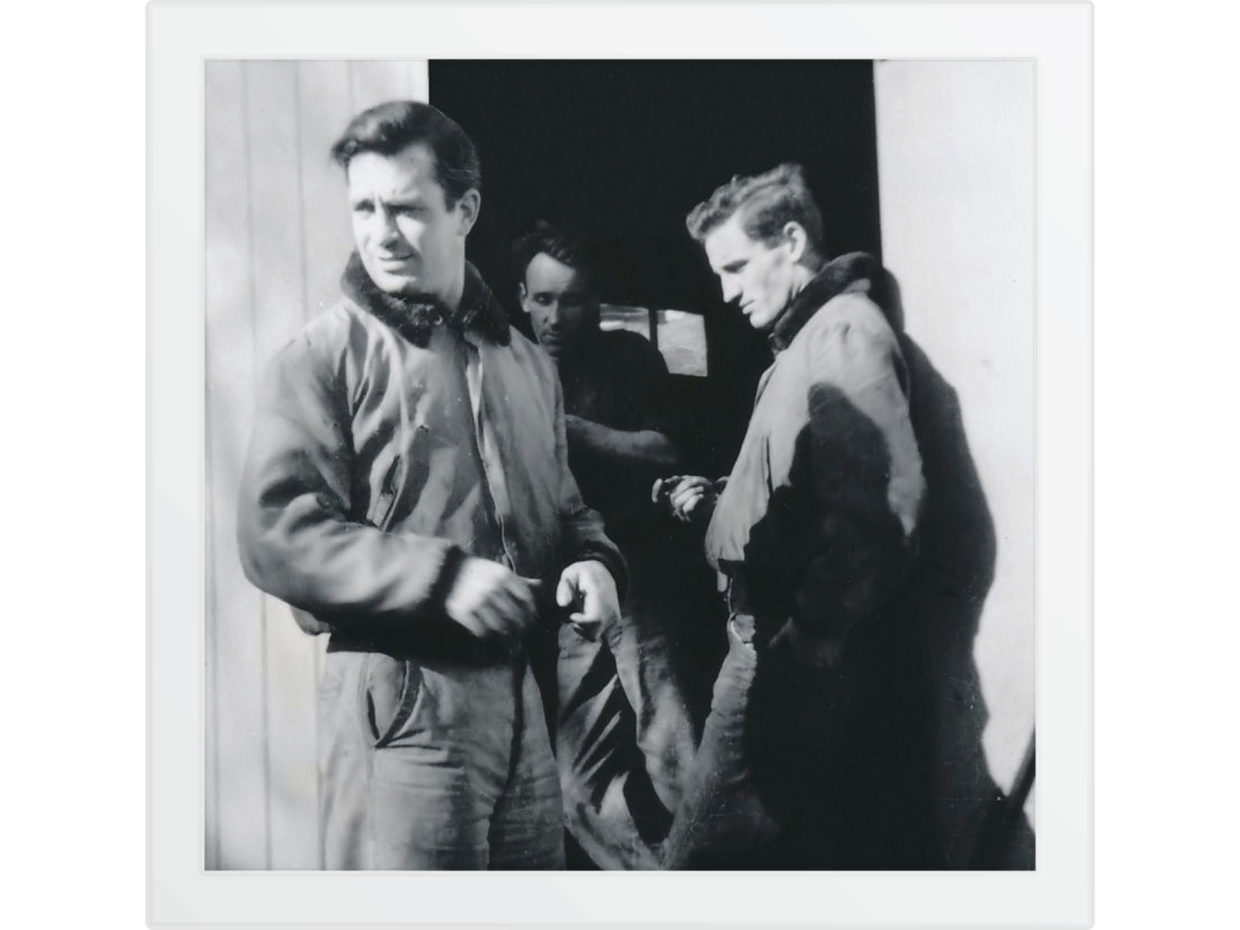The audience at the Beat Museum in San Francisco’s North Beach was small, and it fit a certain profile. About 20 people, mostly older—gray hair, jeans and open sandals—occupied a few rows of folding chairs in an upstairs gallery on a Saturday afternoon early this summer. At the front of the room, Cathy Cassady, 69, was narrating a PowerPoint presentation about her father, Neal. She was talking about his infamous “Joan Anderson Letter,” one of the legendary lost artifacts of American literature. Lost, that is, until it wasn’t.
It’s conventional wisdom that without Neal Cassady, there would not be a Beat Generation. He may not have been there at the inception point—the moment that Jack Kerouac, then a student at Columbia University, met Allen Ginsberg and William Burroughs in 1942—but in every way that matters, he was the catalyst. “[F]ast, mad, confessional, completely serious,” Kerouac called Cassady in a 1968 Paris Review interview; he is remembered as the inspiration for Dean Moriarty, the central character in Kerouac’s 1957 breakthrough novel On the Road.
And yet, as true as this is, it is perhaps not true enough. Yes, Cassady was a muse of sorts. He appeared, in some form or another, in dozens of books: John Clellon Holmes’ Go, Robert Stone’s Dog Soldiers and Tom Wolfe’s The Electric Kool-Aid Acid Test, as well as many works by Kerouac and Ginsberg. After the Beat days were over, he met Ken Kesey and drove the psychedelic school bus, Further, that carried the Merry Pranksters from San Francisco to New York. He was a road warrior, a nonstop talker, a speed freak who died in 1968 of exposure at age 41 in San Miguel Allende, Mexico. His life, or so legend tells us, was one of action, not thought.

Cassady with his friend Jack Kerouac, whose On the Road was inspired by the “Joan Anderson Letter.” Courtesy of the Neal Cassady Estate.
At the same time, Cassady also was a literary influence who pushed Kerouac toward spontaneous prose. The author had struggled to write On the Road for more than two years when he received a letter from Cassady that changed how he thought. “I got the flash from his style,” Kerouac told the Paris Review, recalling “the greatest piece of writing I ever saw”: thousands of words describing a star-crossed romance with a woman named Joan Anderson in 1940s Denver, typed single-spaced on both sides of several pages, with sporadic handwritten edits and interjections. ... [mehr] https://lithub.com/the-beats-holy-grail-the-letter/
Keine Kommentare:
Kommentar veröffentlichen